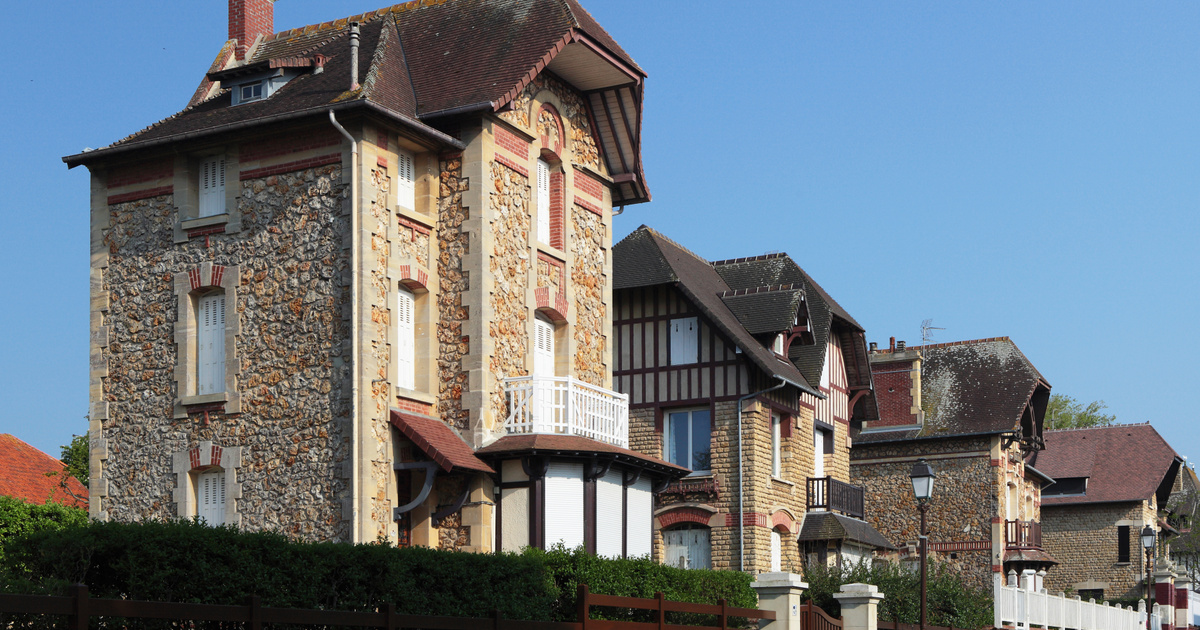the Potsdam Climate Research Centre (PIK) reported on the international research in which the first associations between terrestrial plants and atmospheric carbon dioxide levels were revealed. The researchers came to the conclusion that when the first forests formed, the carbon dioxide level was much lower than previously thought, so it did not decrease as a result of the forests.
The past amount of atmospheric carbon dioxide can be calculated retrospectively based on isotopic ratios for different rocks and the occurrence of certain marine organisms, but this data is not complete and accurate for each era, so it is common for researchers performing the calculations to receive contradictory values.
It is a fern that lives today, whose ancestors evolved into forest-forming trees in the Devonian period.
Source: Unnatural World
The first woody plants invaded the Earth about 385 million years ago, previously only plants with shallow roots and small stature were present. The prevailing assumption is that with the formation of forests, a large amount of carbon dioxide was released from the atmosphere, and thus trees contributed to the formation of ice sheets in the arctic regions of our planet. A precondition for this was that the level of carbon dioxide in the atmosphere was very high when forests appeared.
The researchers have now measured the potential amount of carbon dioxide in a new way. They examined gas exchange in modern plants, that is, plants that were already present in this ancient period. The present plants were then compared with the fossil remains. The density of gas exchange openings and the carbon isotope ratios in plant tissues were measured. From contemporary measurements and comparing them with the fossil remains, they then calculated the amount of carbon dioxide present in the contemporary atmosphere, which resulted in the amount of gas exchange vents and isotope ratios visible in the fossils.
This is what the forest looked like in the Devonian period: it consisted mostly of large specimens of horsetail, bran grass and ferns.
Source: Wikimedia Commons
While the atmospheric ratio of this gas was 2,000-8,000 parts per million (ppm) according to previous ideas, according to recent calculations it is even less: 525-715 ppm. Our planet was a temperate place, with an average temperature of 24.1-24.6°C in the tropics, so forests can live happily even when ice caps are already beginning to form at the poles.
the Nature Communications The research result, published in the journal, means that forest creation has not played a particular role in the contemporary change in atmospheric carbon dioxide levels. According to experts, this is made possible by the deep roots of early trees, which create soils with less nutrient loss. The small, shallow-rooted, shrub-like plants that had lived before had a greater need to overcome rocks, and by these chemical processes contributed more carbon dioxide to the atmosphere than the first trees.












































